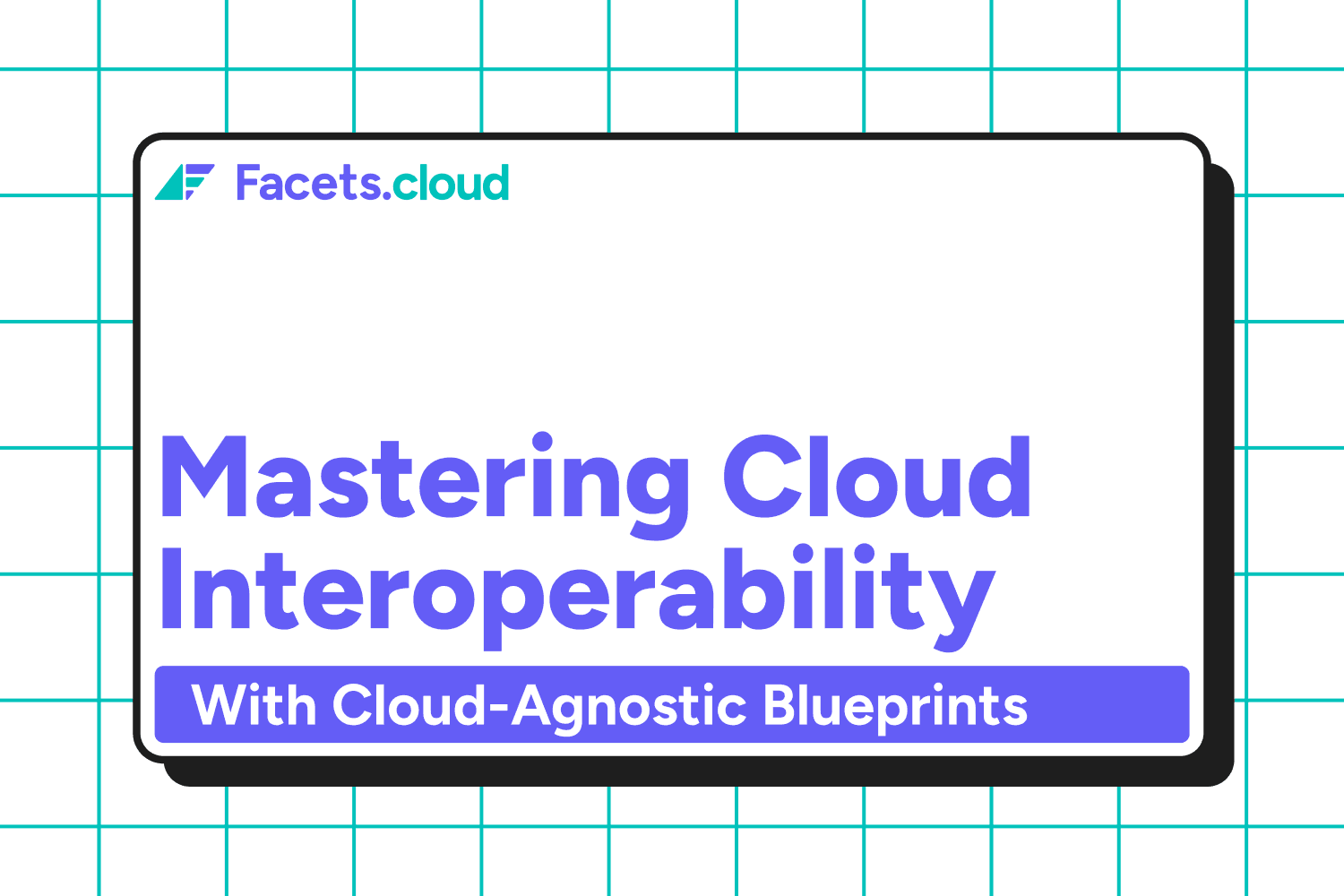Why Self-Service Matters in Environment Management?
Consider a development team developing a new approach to improve the performance of a couple of their systems. They wish to test their new architectural changes consisting of a branch and a new database/cache in a feature environment without affecting the regular testing.
Can they set it up without talking to the Platform team? How long will it take? How fast will the team be able to iterate configuration changes? How similar will the setup be to the other environments? Can they promote these changes to regular testing environments with complete confidence?
And finally, how many such projects will the Platform team be able to support?
Minimizing developers' wait time is one of the key reasons for promoting self-service environment management. The benefits, however, don’t stop there –
“There are three ways organizations can realize business value from self-service environment management tools. First, they help improve developer experience and minimize wait times on other teams, leading to overall business agility. Second, this approach helps codify governance policies as part of environment creation, addressing security, cost, and operations concerns upfront. Third, they lower the barrier for continuous testing of functional and non-functional requirements, leading to improved reliability.” – Says Manjunath Bhat and Bill Blosen in the report
How to achieve Self-service Environment Management
Self-service Environment management requires Platform Teams to provide “Environment-as-a-service” for the Developers. Theoretically, one may believe that staying in the infrastructure automation will eventually morph into self-service. Practically, it doesn’t.
Here is why -
Different facets of an environment are split across automation code (Terraform), release management systems, observability tools, access management systems, and such. Centralizing all information accurately, mutating it over time, and using it to derive new environments requires special consideration for Platform engineers.
Here are 3 key considerations for the Platform Engineers:
Productize infrastructure automation so that developers can use it to manage the lifecycle of the environments
Provide a developer experience layer (UI or CLI-based) so it can be used effectively
Oversee the effectiveness through a governance framework
How does Facets.Cloud help?
Facets.Cloud provides a developer-operated, centrally governed platform for self-service environment management. The Platform team adds capabilities in the form of automation to the platform but never stays in the critical path of environment lifecycle management. Developers, through the self-serve portal, manage their environments.
Key Features:
Define: Centralize and mutate all aspects of environments (Blueprint) in a git repository.
Automate: Link Facets automation pack or bring your existing automation.
Launch: Create consistent environments of various types Dev, QA, Load Test, and Feature Test environments. Launch environments on any cloud.
Environment lifecycle management: Manage environment lifecycles from a single interface.
Shift-left debugging: Provide your developers Shift-left environment operations, e.g., using AI-driven Kubernetes management
Customer Experiences
“There is a video from Spotify, that talks about aligned autonomy in an ideal engineering team. This means giving power to the teams to manage their entire software lifecycle from the get-go, where they control the development, deployment, performance, and infrastructure. But with this, alignment to the guardrails is also very important. One thing that really struck me about Facets was how beautifully it was fitting into this particular vision." - ” said Suyash, CTO, Purplle.com. Link to the case study.
Before Facets, The platform team at Purplle used to write automation suites but they were unable to make them available to the larger developer teams. Hence, this automation suite quickly turned into tribal knowledge. With scale, every team would struggle to take features to production in time due to the unavailability of environments.
Purplle now uses Facets for cost-effective developer-managed sandbox environments for accelerated testing. This has resulted in 25X faster go-lives of feature launches while spending 70% less on non-production environments.
Additional Resources
Explore our resources to understand the benefits of self-serve environment management.
Blog Posts:
- What are Self-Service Infrastructure Management Platforms?
- What is a Developer Self-Service Platform and Why Does it Matter?
Case Studies:
Documentation:
Gartner Disclaimer
Gartner, Hype Cycle for Platform Engineering, 2024, By Manjunath Bhat, Bill Blosen, 19 June 2024
GARTNER is a registered trademark and service mark of Gartner, Inc. and/or its affiliates in the U.S. and internationally, and HYPE CYCLE is a registered trademark of Gartner, Inc. and/or its affiliates and are used herein with permission. All rights reserved.
Gartner does not endorse any vendor, product or service depicted in its research publications, and does not advise technology users to select only those vendors with the highest ratings or other designation. Gartner research publications consist of the opinions of Gartner’s research organization and should not be construed as statements of fact. Gartner disclaims all warranties, expressed or implied, with respect to this research, including any warranties of merchantability or fitness for a particular purpose.


